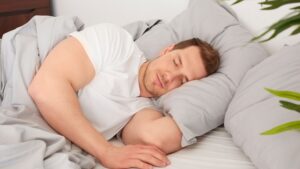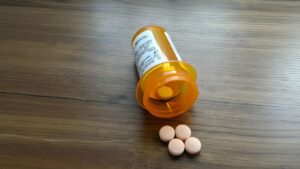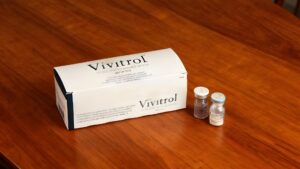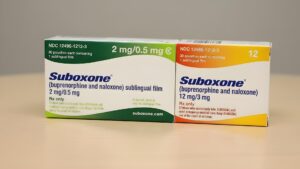Opioid withdrawal is a challenging journey, and disrupted sleep is among its most common and distressing symptoms. Poor rest can worsen physical discomfort, heighten emotional instability, and slow down recovery.
This guide explains why resting problems occur during withdrawal and outlines evidence-based strategies to improve rest and support healing.
Why Opioid Withdrawal Causes Sleep Problems
Withdrawal disrupts brain chemistry by reducing the influence of opioids on neurotransmitters like dopamine and serotonin, which play a key role in regulating mood and rest. This chemical imbalance often leads to insomnia, fragmented rest, and reduced time in deep sleep stages necessary for recovery.
Physical symptoms, such as muscle aches, sweating, and gastrointestinal distress, further interfere with comfort at night, while psychological factors like anxiety and cravings compound the challenge. Together, these issues create a cycle of poor rest that can complicate sobriety efforts.
Disturbances during withdrawal typically include difficulty winding down, frequent nighttime awakenings, and non-restorative rest that leaves individuals feeling unrefreshed. In some cases, these problems extend beyond the acute withdrawal phase, lasting for weeks or even months. Such ongoing disturbances can increase relapse risk if left unaddressed, highlighting the importance of both self-care and medical guidance.
Establish a Consistent Sleep Routine
One of the most effective strategies for improving rest is maintaining a regular schedule. Going to bed and waking up at the same time each day helps regulate the body’s internal clock and makes it easier to fall asleep naturally. Incorporating calming pre-snooze activities, such as reading, listening to soft music, or practicing gentle stretching, signals the brain to wind down and prepare for rest.
Optimize Bedroom
The environment directly influences circadian rhythms and the body’s ability to enter deep, restorative rest. A cool room helps lower core body temperature, which naturally drops at night to signal the body it’s time to rest. Darkness reduces stimulation and prevents light from suppressing melatonin, the hormone that regulates the sleep–wake cycle.
Quiet surroundings minimize disruptions that can pull the brain out of deeper stages of sleep. Removing electronic devices is especially important because the blue light from screens mimics daylight and tricks the brain into staying alert. Together, these adjustments make it easier to both fall and remain asleep throughout the night.
Medication and Medical Support
In some cases, medical treatment may be needed to manage withdrawal-related insomnia. Non-addictive medications such as suvorexant, an FDA-approved orexin receptor antagonist, have shown promise in regulating rest cycles. Healthcare providers may also prescribe treatments for specific withdrawal symptoms, like muscle cramps or anxiety, that interfere with rest.
For some individuals, Vivitrol-assisted treatment can play a valuable role in supporting overall recovery by reducing cravings and mitigating withdrawal-related disruptions that often affect rest. While it may help stabilize sleep indirectly, it is not a direct treatment for opioid withdrawal-induced insomnia. Importantly, sedatives with high abuse potential, such as benzodiazepines, should be avoided unless closely supervised by a physician.
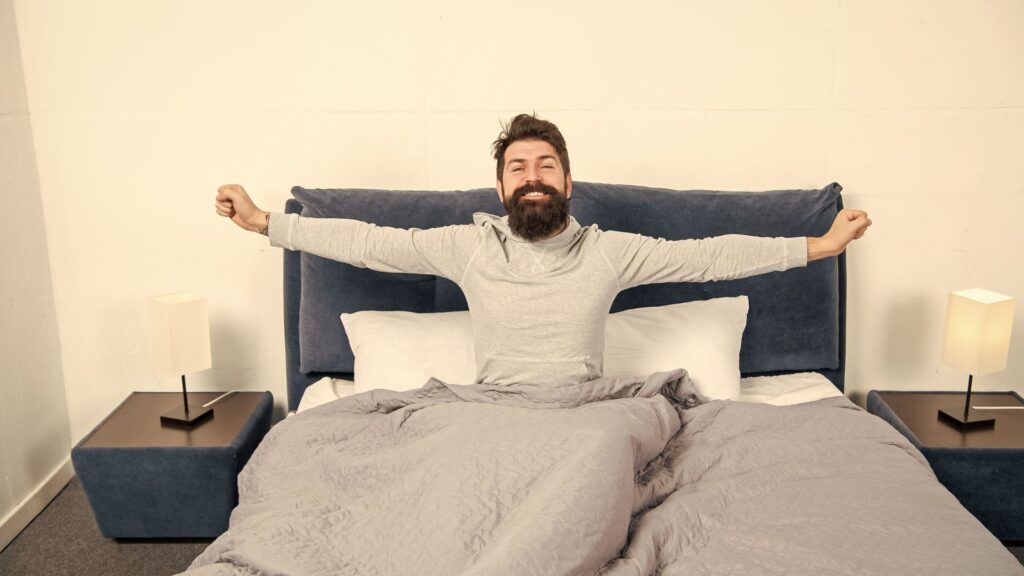
Relaxation and Mind-Body Techniques
Anxiety and heightened arousal are common during withdrawal, but relaxation techniques can counter these effects. Deep breathing exercises, progressive muscle relaxation, and mindfulness meditation have been shown to reduce stress and promote calmness. Gentle yoga or stretching earlier in the day may also ease muscle tension, making it easier to fall asleep at night.
Lifestyle Adjustments
Daily habits strongly influence sleep through their effects on the circadian rhythm and brain chemistry. Caffeine blocks adenosine, the chemical that builds pressure, so late-day intake delays slumber onset. Alcohol may make people drowsy at first, but it disrupts REM sleep, leading to poor-quality rest. Heavy meals before bed keep the digestive system active, making it harder to reach a deep doze.
Exercise also helps by boosting slow-wave or deep sleep, though vigorous workouts too close to bedtime raise body temperature and adrenaline, which delay rest. Short naps can restore energy without harming nighttime rest, but long or late naps reduce pressure and often worsen insomnia.
When to Seek Help
If insomnia persists beyond the acute withdrawal phase, causes severe daytime fatigue, or contributes to emotional distress, professional intervention is recommended. Addiction specialists, medicine experts, and mental health professionals can create tailored treatment plans that may include behavioral therapies, safe pharmacologic aids, and supportive care. Early intervention helps restore healthy rest and strengthens recovery outcomes.
Final Thoughts from Raise the Bottom
Sleep disturbances are one of the most difficult challenges during opioid withdrawal, but they can be managed with the right strategies. By addressing the biological, psychological, and lifestyle factors that influence rest, individuals can begin to restore healthy resting patterns. Consistent routines, a supportive environment, relaxation techniques, and professional guidance together create a pathway to deeper, more restorative rest that strengthens recovery and resilience.
At Raise the Bottom, we offer Vivitrol-assisted treatment as part of a comprehensive opioid addiction rehab program in Idaho. Our integrated approach combines medication, counseling, behavioral therapy, and long-term support to meet both the medical and emotional needs of recovery.

